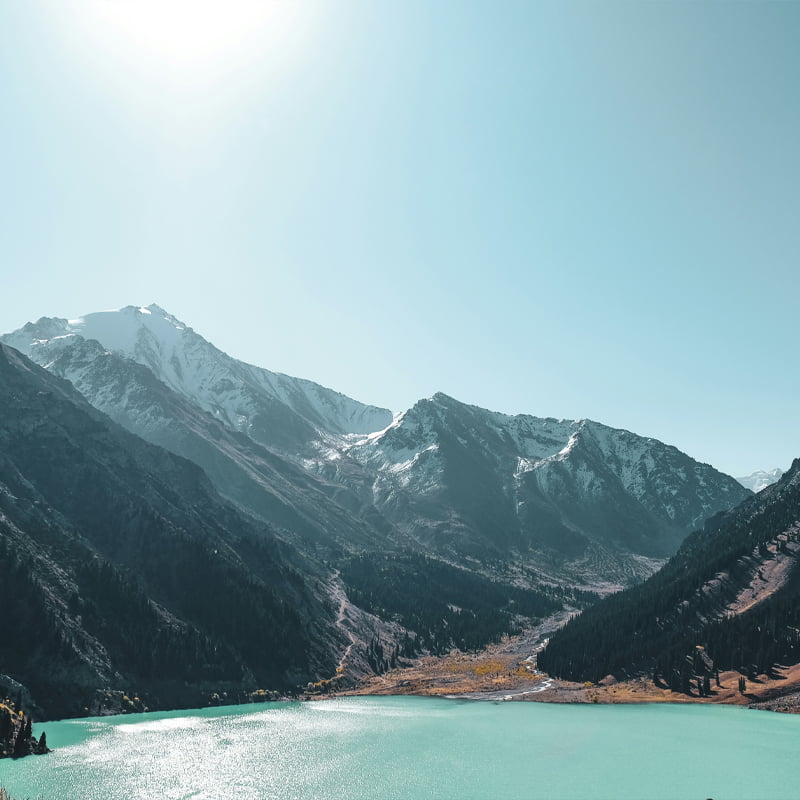Discovering Meghalaya Wonders
What Makes Meghalaya Famous?
Meghalaya, often referred to as the “Abode of Clouds,” is renowned for its captivating natural beauty and vibrant cultural heritage. Nestled in the northeastern part of India, this mesmerizing state offers a distinctive charm that sets it apart from its counterparts. One of the most striking features of Meghalaya is its breathtaking landscapes, characterized by lush green hills, pristine waterfalls, and sprawling valleys. The region is blessed with a unique climate, making it one of the wettest places on Earth. This extraordinary rainfall contributes to its rich biodiversity and creates an enchanting environment that draws nature enthusiasts from all over the globe.
A significant highlight of Meghalaya’s cultural identity is its colorful festivals, which are celebrated with great enthusiasm by the local communities. Events such as the Wangala Festival, celebrated by the Garo tribe, and the Shad Suk Mynsiam Festival of the Khasi people, showcase the region’s rich traditions, music, and dance. These vibrant festivities not only highlight the cultural diversity of Meghalaya but also provide travelers with an opportunity to experience the warmth and hospitality of its people.
Furthermore, Meghalaya is famous for its traditional craftsmanship, particularly in weaving and bamboo handicrafts. Artisans produce exquisite textiles that reflect the rich cultural history of the tribes residing in the state. The intricate designs and vibrant colors of these crafts are highly sought after, making them a significant part of the local economy.
An iconic natural wonder that adds to Meghalaya’s allure is the “living root bridges.” These remarkable structures, made from the roots of the rubber tree, exemplify the ingenuity of local tribes and their symbiotic relationship with nature. These bridges not only serve as functional pathways connecting different villages but also symbolize the harmonious existence of humans and their environment.
Famous Tourist Attractions to Visit in Meghalaya
Meghalaya, often referred to as the “Abode of Clouds,” is home to a myriad of tourist attractions that captivate travelers with their natural beauty and cultural richness. One of the most notable destinations within the state is Shillong, the capital city. Known for its stunning landscapes and vibrant music culture, Shillong offers various sightseeing opportunities, including the famous Shillong Peak, from where visitors can enjoy panoramic views of the surrounding hills and valleys. The city is not only a hub for music enthusiasts but also provides historical landmarks and delightful local cuisine, making it a must-visit for anyone traveling to Meghalaya.
Cherrapunji, just a short drive from Shillong, is renowned for its breathtaking waterfalls, lush green hills, and unique living root bridges. This small town is famous for having one of the highest annual rainfall levels in the world. Tourists flock here to explore the majestic Nohkalikai Falls, which is the tallest plunge waterfall in India, as well as the enchanting Mawsmai Cave, which offers a glimpse into the region’s geological wonders. The living root bridges, crafted from the aerial roots of rubber trees, highlight the remarkable eco-friendly practices of the indigenous Khasi people and are a stunning testament to the harmony between nature and human ingenuity.
Another gem worth visiting is Dawki, a small town along the Bangladesh border, celebrated for its crystal-clear Umngot River. The river’s transparent waters create a captivating landscape, often drawing visitors for boating activities against a backdrop of picturesque hills. For those seeking tranquility, the quaint Nongriat village, famous for its double-decker living root bridge, offers a unique experience amidst rich biodiversity and serene surroundings. Additionally, the picturesque Elephant Falls, located near Shillong, boasts a scenic cascade framed by lush greenery, providing the perfect backdrop for photography enthusiasts and nature lovers alike.
Best Time to Visit Meghalaya
Meghalaya, renowned for its breathtaking landscapes and rich cultural heritage, offers distinct experiences throughout the year, making the timing of your visit crucial for an enjoyable journey. The climate of Meghalaya significantly influences travel plans, with major seasonal variations that cater to different preferences. Understanding these patterns will enhance your exploration of this northeastern gem.
The monsoon season, spanning from June to September, transforms Meghalaya into a verdant paradise. The rains rejuvenate the region’s flora, creating stunning vistas of lush hills and cascading waterfalls. However, while the natural scenery is at its peak, travel during this period comes with challenges, including potential landslides and transportation disruptions due to heavy rainfall. Therefore, while the monsoon offers unparalleled beauty, it may not be ideal for all travelers, particularly those seeking ease of movement.
Transitioning into winter, from November to February, the weather stabilizes, presenting milder temperatures and less humidity. This season is perfect for outdoor activities such as trekking, sightseeing, and cultural expeditions. The clear skies unveil the captivating landscapes of Meghalaya, making it an excellent time for photography and exploration. Moreover, the festive atmosphere during this period, with events like Christmas and New Year celebrations, adds to the allure of visiting Meghalaya in winter.
Spring, occurring from March to May, is characterized by blooming flora and vibrant festivals that showcase Meghalaya’s rich traditions. The moderate temperatures and striking natural beauty make this season particularly appealing for travelers wishing to experience local culture. Festivals during this time, such as the Shad Suk Mynsiem, offer visitors a unique opportunity to engage with the indigenous communities. Overall, the best time to visit Meghalaya varies based on personal preferences, each season presenting its own unique charm.
Travel Tips for Visiting Meghalaya
When planning a visit to Meghalaya, it is crucial to consider several travel tips to enhance your experience in this remarkable state. First and foremost, transportation options abound, ranging from private taxis to shared cabs and public buses. For those seeking to hire a vehicle, it is advisable to book in advance. The roads can be narrow and winding, so ensure that your driver is familiar with local conditions. Additionally, there are bike rental options available for the more adventurous traveler, providing a unique way to explore the picturesque landscapes.
Understanding local customs and etiquette is also paramount. In Meghalaya, respect for elders is deeply rooted in the culture. Greetings are often extended with a smile and a polite nod, which can go a long way. Furthermore, visitors should be respectful when entering the homes of locals, as it is customary to remove shoes before entering. Another key aspect of local etiquette includes avoiding sensitive topics, such as politics, unless invited to discuss them.
When it comes to packing, consider the varying weather conditions in Meghalaya, known for its rainfall and humidity. Essential items include waterproof jackets, sturdy walking shoes, and extra layers for cool evenings. Umbrellas and quick-dry clothing are also recommended. For a taste of local culture, do not miss trying traditional dishes such as Jadoh, a rice and meat dish, and Tungrymbai, fermented soybean delicacies, which offer a unique glimpse into the state’s culinary richness.
Safety should always be a priority while traveling. It is advisable to avoid trekking alone, especially in remote areas, and to stay hydrated due to the humid climate. Following general safety measures, such as keeping personal belongings secure and being aware of your surroundings, will contribute to an enjoyable trip. If staying for a short duration, a suggested itinerary might include visits to Shillong, Cherrapunji, and the living root bridges, while longer stays can encompass additional sites such as Dawki and Mawlynnong. This preparation will undoubtedly ensure a well-rounded and memorable visit to Meghalaya.







